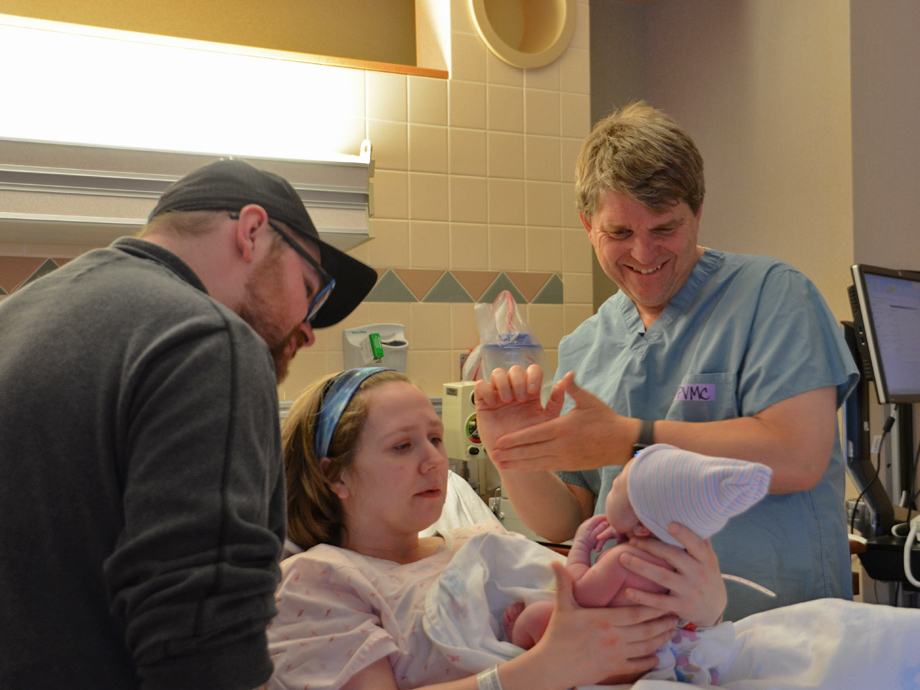Family physicians central to tackling maternity care deserts
May 13, 2025, Matt LaMar — High-quality maternity care is a vital part of fostering better health for patients and their children. But in many counties in the United States — particularly in rural areas — access to obstetric clinics is limited or even nonexistent.

In rural communities, family physicians make an outsized contribution to maternity and obstetric care. Understanding maternity care deserts, what CME resources are available and how physicians can impact the next generation in their community can directly lead to better community and individual health outcomes. What are maternity care deserts, and why do they matter?In March of Dimes’ 2024 Maternity Care Desert Report, the organization defined maternity deserts as “counties where there’s a lack of maternity care resources — no hospitals or birth centers offering obstetric care, and no obstetric providers.” March of Dimes found that over 35% of U.S. counties are maternity care deserts, and that in those 1,104 counties there are 2.3 million women of reproductive age with low access to obstetric care. |
Maternity deserts are important because health care for pregnant patients doesn’t stop after they give birth. According to a maternal mortality review committees report from the CDC, nearly two thirds of pregnancy deaths occur during the postpartum period from one day after birth to one year from birth. The CDC also determined that 84% of pregnancy-related deaths were preventable.
“For too many families across the United States, the ability to have a healthy pregnancy depends on where they live,” March of Dimes CMO Amanda Williams, M.D., M.P.H., FACOG, said in a press release.
How family physicians can address maternity care deserts
Nationwide, about 7% of family physicians report delivering babies. But in rural counties, 17% of family physicians report delivering babies, and family physicians in low access obstetrics areas are even more likely to be the primary source of obstetric care for pregnant patients.
For former AAFP President John Cullen, M.D, family medicine isn’t just the best specialty to serve rural communities — it’s the only one. “My partners and I have found that family medicine is the only specialty that can thrive in this type of environment,” Cullen said about his Alaska-based practice.
“We practice full-scope family medicine, including emergency medicine and obstetrics, and I have a wealth of stories that can illustrate the importance of family medicine. Practicing rural/frontier family medicine gives me confidence that I can handle anything that affects our specialty.”
OB/Gyn CME conferences
The AAFP provides a variety of OB/Gyn CME opportunities for family physicians and other medical professionals. Our 2025 obstetrics CME conferences will be held in Denver, Colorado, Aug. 23-28.
Family Centered Pregnancy Care — The most up-to-date, evidence-based insight to deliver safe, equitable pregnancy and reproductive care. From Aug. 25 to Aug. 28.
Advanced Life Support in Obstetrics (ALSO®) — An evidence-based interprofessional training program and comprehensive course that encourages team-based learning. Held on Aug. 24.
ALSO® Instructor Course – If you are interested in facilitating ALSO courses or workstations, this instructor course on Aug. 23 will provide you with the skills to become an ALSO-approved instructor.
Online CME is also available via our Family-Centered Pregnancy Care Course, recorded from the online event and featuring the same content.